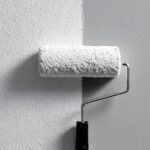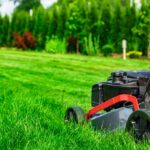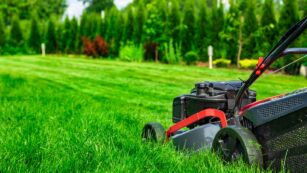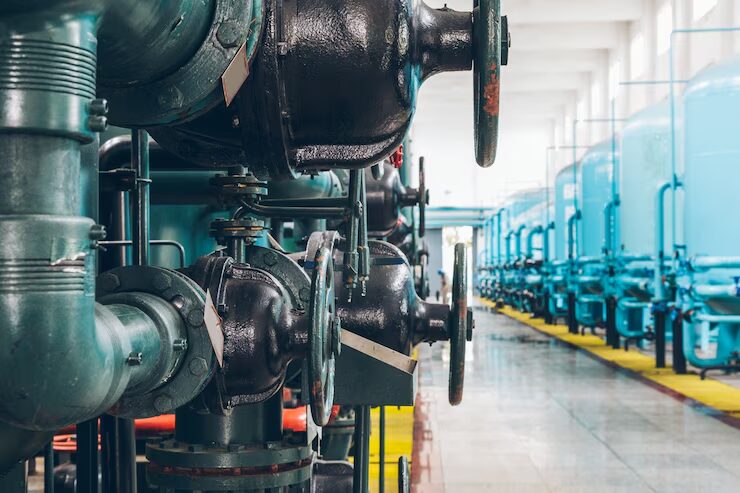
Planning to add an actuator to your ball valve but unsure how much torque it needs?
Adding an actuator to a ball valve sounds simple, but one of the most important steps is knowing how much torque the valve needs to open and close properly.
Getting this part wrong can cause the actuator to underperform, stall, or even damage the valve. That’s why it’s necessary to understand torque before making any decisions.
Let’s break it down in a simple way so you can make the right choice with confidence.
What Is Torque in a Ball Valve?
Torque is the turning force required to rotate the ball inside the valve from fully closed to fully open, or the other way around. It’s measured in units like inch-pounds or Newton-meters. This value depends on how tight the valve is, what kind of fluid is flowing, the size of the valve, and how much pressure it handles.
If the actuator doesn’t supply enough torque, the valve might not move completely. And if it applies too much force, it could wear out the internal parts faster than expected.
Why Getting the Torque Right Matters
When you’re automating a valve, you want it to operate smoothly without stressing the actuator or the valve body. Choosing the correct torque ensures the system runs without delays, sudden stops, or loud noises. It also prevents overheating or power waste in the actuator.
Even for manual ball valves, knowing the torque helps operators know how much effort is needed and whether a longer handle is necessary.
Factors That Affect Torque Requirements
1. Valve Size
Larger valves usually need more torque to operate because there’s more surface area inside resisting the movement. A 2-inch valve may turn with ease, but a 6-inch valve will need more power even under the same pressure.
2. Valve Seat Material
Soft seats like PTFE require less torque. Harder or metal seats increase friction, which means more torque is needed. Over time, these seats may also wear down differently, changing the torque requirement.
3. Fluid Type
If the fluid is thick or sticky—like oil, syrup, or slurry—it increases the effort needed to rotate the ball.
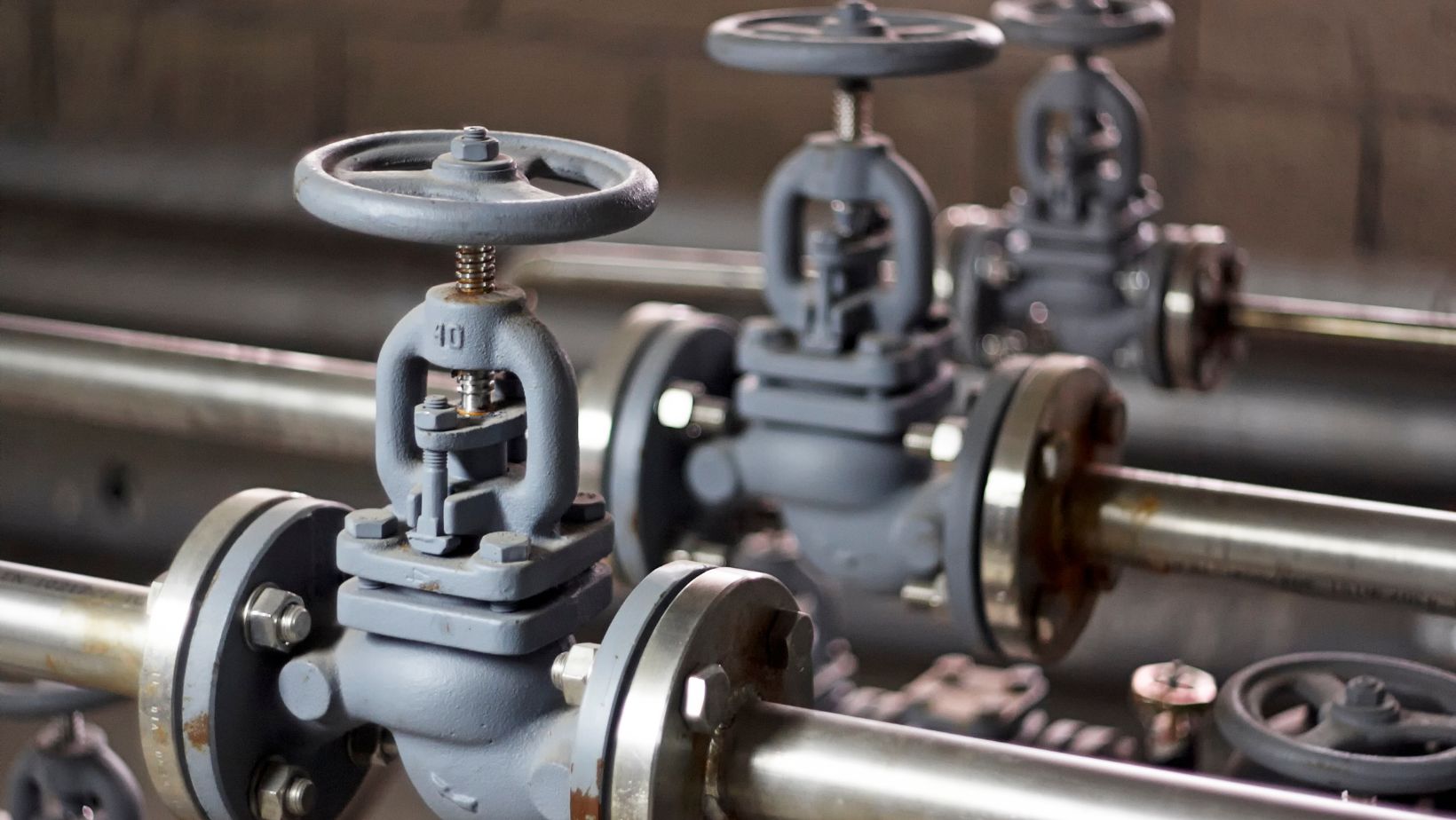
Clean water or air needs less torque compared to sticky or abrasive fluids.
4. System Pressure
Higher pressure pushes against the ball and the seals. This makes it harder for the ball to move, increasing the torque needed to get it started or bring it to a full stop.
5. Temperature
Temperature affects material expansion and friction. High temperatures can make parts swell slightly or increase stickiness between surfaces. This adds to the torque requirement, especially during startup.
6. Cycle Frequency
If the valve operates frequently, wear and heat can slowly affect performance. Knowing how often the valve cycles helps decide whether to leave a margin above the standard torque value.
Types of Torque to Consider
There’s more than one kind of torque to think about when sizing an actuator:
- Breakaway Torque: This is the highest torque needed to start the movement. It usually happens after the valve has been sitting for a while.
- Running Torque: The torque required while the valve is turning through its movement.
- Seating Torque: The torque needed to bring the valve to a full close or open and hold it there.
Allowing a Safety Margin
It’s a good idea to select an actuator that provides slightly more torque than the valve’s maximum requirement. This margin covers changes in pressure, wear, temperature, or any buildup inside the valve over time.
Hand-Operated vs. Automated Systems
Manual valves often have handles designed to match the torque needed for that valve size. If it’s hard to turn, it may mean the torque is too high, or the valve is worn or stuck. In those cases, either a longer handle or a gear operator helps reduce effort.
For an actuated butterfly valve, the torque must match both the valve’s needs and the actuator’s strength. Pneumatic, electric, or hydraulic actuators all offer different torque ranges. Always match based on actual valve data, not guesses.
Torque Changes Over Time
Even after installation, torque levels can change. Reasons might include:
- Build-up of material inside the valve.
- Aging seals create more friction.
- Valve damage after extended use.
Getting Data from the Valve Supplier
Most reliable valve manufacturers provide torque charts. These show how much torque a specific valve model needs based on size, pressure, temperature, and other conditions. If you’re unsure, always request this data before choosing an actuator.
Practical Tip: Avoid Guesswork
Trying to estimate torque without real data can lead to trouble. If the actuator is too weak, it won’t work. If it’s too strong, it may snap the valve parts. That’s why matching torque isn’t just a tech detail—it’s part of getting the whole system to work right.
Final Thought
Understanding torque requirements before actuating a ball valve can help avoid poor performance, extra costs, or valve damage. Whether you’re dealing with a small line or a large-scale process, torque decides how smoothly things will run.



